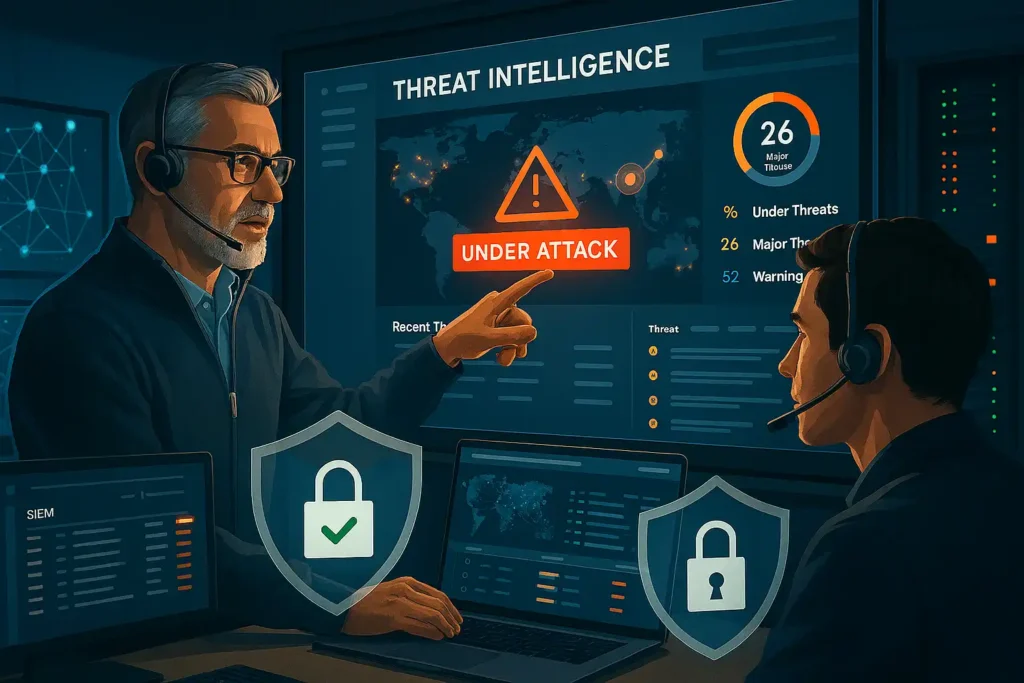Breaking: The 2025 Global Cybersecurity Workforce Report shows a significant shift: women now hold an estimated 35% of roles, up from 25% just five years ago. This growth marks a critical turning point for an industry facing a persistent skills shortage and increasingly sophisticated threats like AI-powered phishing and supply chain attacks.
The rise isn’t accidental. It’s the direct result of targeted corporate policies, expanded apprenticeship programs, and a industry-wide recognition that diverse teams improve threat detection and incident response. This article analyzes the latest data, the strategies driving change, and the women leaders at the forefront of major security initiatives.
The 2025 Data: By the Numbers
Recent reports from (ISC)² and McKinsey provide a clear snapshot of progress:
- Workforce Participation: 35% female representation globally, with the fastest growth in North America and the EU.
- Leadership Roles: 28% of senior cybersecurity positions (Director+) are now held by women, a 10% increase since 2022.
- Impact on Security: Teams with higher gender diversity report a 15% faster containment time for ransomware incidents.
This data confirms that diversity is a operational advantage, not just a metric. Diverse teams excel at identifying blind spots and mitigating advanced APT campaigns.
How the Industry is Closing the Gap: Actionable Strategies

Moving from awareness to action, successful organizations are implementing three key strategies:
1. Focus on Skills-Based Hiring & Apprenticeships
Forward-thinking firms are ditching rigid degree requirements for entry-level SOC roles. Instead, they partner with organizations like Women in Cybersecurity (WiCyS) to create internal academies. These programs focus on practical skills: analyzing IOCs, understanding attacker TTPs, and basic digital forensics.
2. Mandatory Mentorship and Clear Promotion Pathways
Retention is now a primary focus. Companies are formalizing mentorship, pairing new hires with senior leaders for career advocacy. They also define clear, skills-based criteria for promotion to remove subjective barriers to advancement. This is critical for retaining talent in high-pressure incident response environments.
3. Early STEM and CTF Outreach
The pipeline starts early. Successful initiatives target middle and high school girls with engaging capture-the-flag (CTF) competitions and coding clubs, moving beyond the outdated “hacker” stereotype to showcase the varied careers in security.
Leading the Charge: Profiles in 2025
The landscape is defined by women in technical, leadership roles:
- Dr. Anya Sharma, CISO, Global FinTech: Leading the secure implementation of generative AI tools. Her team recently mitigated a zero-day vulnerability in a third-party payment API, preventing a potential breach of 2 million user records.
- Maria Rodriguez, Founder, Threat Intel Startup: After a decade tracking state-sponsored APT groups, Rodriguez now provides actionable intelligence to mid-market companies. Her firm’s advisories have been credited with disrupting multiple ransomware campaigns before deployment.
- Sarah Chen, Lead Forensic Investigator: A recognized expert in cloud forensics and memory analysis, Chen is often called to lead complex breach response investigations. She emphasizes the critical importance of evidence preservation and a verifiable chain of custody.
The Road Ahead: Sustaining Momentum in 2026
Complete parity requires more work. The focus for the coming year must be on:
- Intersectionality: Addressing the unique challenges faced by women of color in tech.
- Transparent Metrics: Tracking and reporting on promotion rates, pay equity, and retention.
- Formalizing Remote Work: The hybrid model is a proven retention tool and must become a standard, flexible practice.
Admins and hiring managers should review their recruitment and promotion practices now. The data is clear: closing the gender gap is one of the most effective strategies for building a more resilient security posture.
FAQ: Women in Cybersecurity
Q: What are the most common entry points for women in 2025?
A: Paths have diversified. Beyond computer science degrees, many enter through certified bootcamps (e.g., SANS, CompTIA), internal apprenticeships, and direct promotion from IT audit or network administration roles. Practical skills in threat hunting and vulnerability management are in high demand.
Q: How can a hiring manager reduce bias in recruitment?
A: Implement practical steps: use blind resume reviews to focus on skills, standardize interview questions for all candidates, and include diverse panel members in the hiring process. Focus on skills-based assessments over pedigree.
Q: What is the biggest misconception about women in the field?
A: That they gravitate only toward compliance or “soft” roles. The 2025 data and leader profiles show strong representation in technical, hands-on domains like malware analysis, penetration testing, and digital forensics.
Q: How can men be effective allies?
A: Effective allyship includes: amplifying women’s contributions in meetings, recommending women for lead roles on high-visibility projects, and actively participating in company-sponsored mentorship and sponsorship programs.
No post found!

